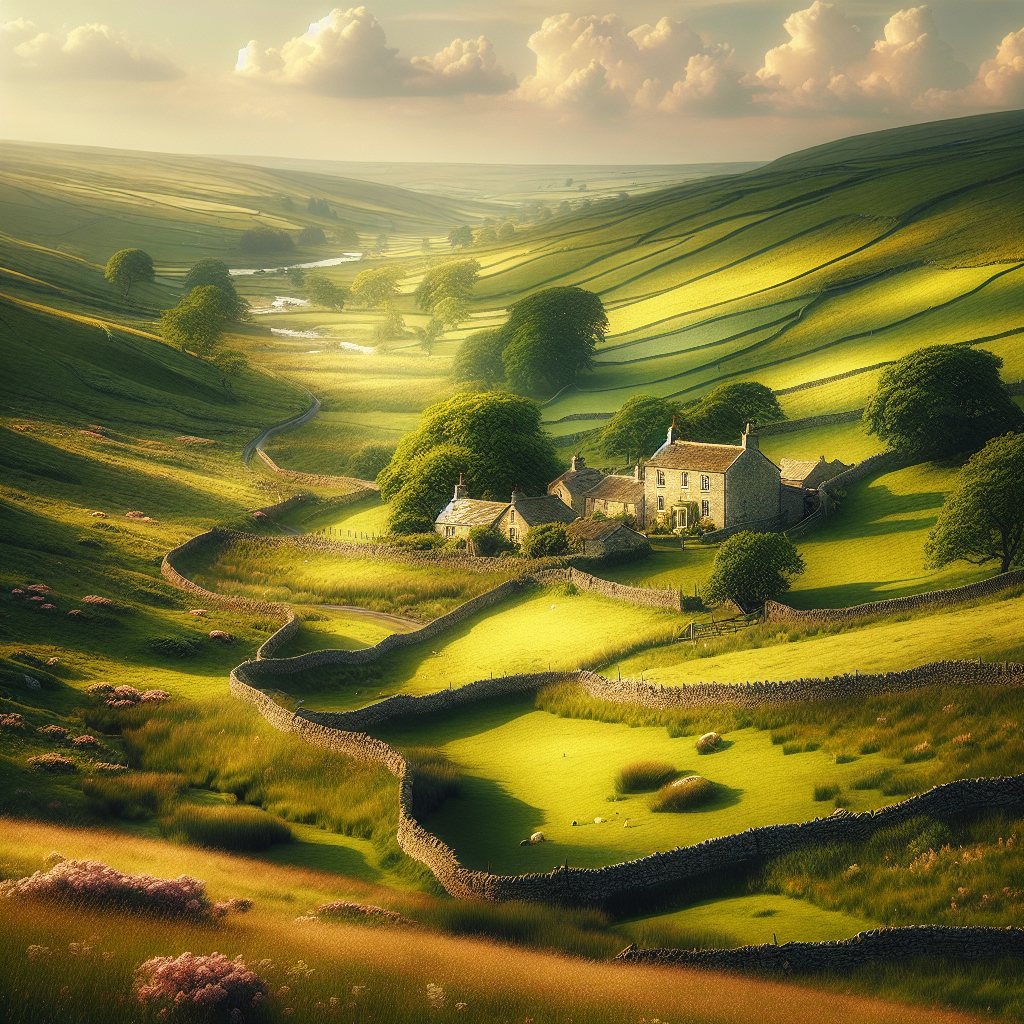I’ve always enjoyed fiddling around with tech projects, especially the sort that solve small, everyday problems in a neat and slightly over-engineered way. So when JetBrains released their AI coding assistant, Junie, I saw an opportunity: could I get an AI to help me build something useful from scratch?
The project I had in mind was a hyperlocal weather forecast bot for my village, Preston Capes. Nothing fancy — just daily forecasts posted online, but crafted in a way that felt engaging and genuinely helpful. I already had a Tempest weather station feeding me the raw data. The challenge was in turning that data into something people would actually want to read and see.
That’s where things got interesting.
My process quickly settled into a pattern: I’d sketch out what I wanted to build with the help of ChatGPT, which would help me craft a clean, detailed prompt. I’d then feed that into Junie, who would write the code. The quality of what came back was often impressive — good enough to run as-is, and easy to tweak when it wasn’t quite right. The setup allowed me to focus on refining prompts, designing user interactions, and generally being a bit fussy about the creative bits.
One of the most satisfying parts of the build came when I started working on the visual side of the forecasts. I wanted to accompany each forecast with an image that matched the mood and weather of the day. So I stacked my AIs: first, I used GPT to generate a descriptive prompt based on the day’s weather and the kind of scene I wanted to evoke. That GPT-generated prompt would then be fed into DALL·E to produce a bespoke image
Here’s an example of one of those prompts:
“A serene summer afternoon in the Yorkshire Dales, where soft sunlight filters through scattered clouds, casting dappled shadows on the lush, rolling hills. A quaint stone farmhouse sits amidst vibrant green pastures, while a meandering dry-stone wall traces the contours of the landscape. Wildflowers pepper the meadows, their colours gently muted by the pastel glow, and a nearby brook glides silently, reflecting the tranquil sky above.”
To keep the results varied and expressive, I created a YAML file full of different artistic styles — from oil paintings and vintage Polaroids to pixel art scenes and felt-board dioramas. Each run picks one at random, and the result is a delightfully unpredictable spread of visual interpretations that still somehow all feel on-brand.
After the local bot proved itself, I expanded the project to create a UK-wide version of the site. That meant revisiting the prompts to avoid robotic repetition of place names, smoothing the tone, and keeping things feeling personal without overdoing it.
The final result? Two live sites, updated daily:
- Preston Capes Weather: https://pcweather.dopiaza.org
- UK Weather Forecasts: https://ukweather.dopiaza.org
Reflecting on it now, I’m impressed by just how much ground I was able to cover using Junie. It wasn’t flawless — no AI is — but the combination of Junie, GPT, and a bit of elbow grease made for a surprisingly powerful toolkit. It let me spend more time making things feel right, and less time wiring up boilerplate.
And that, in the end, is what made the project fun.

Leave a Reply